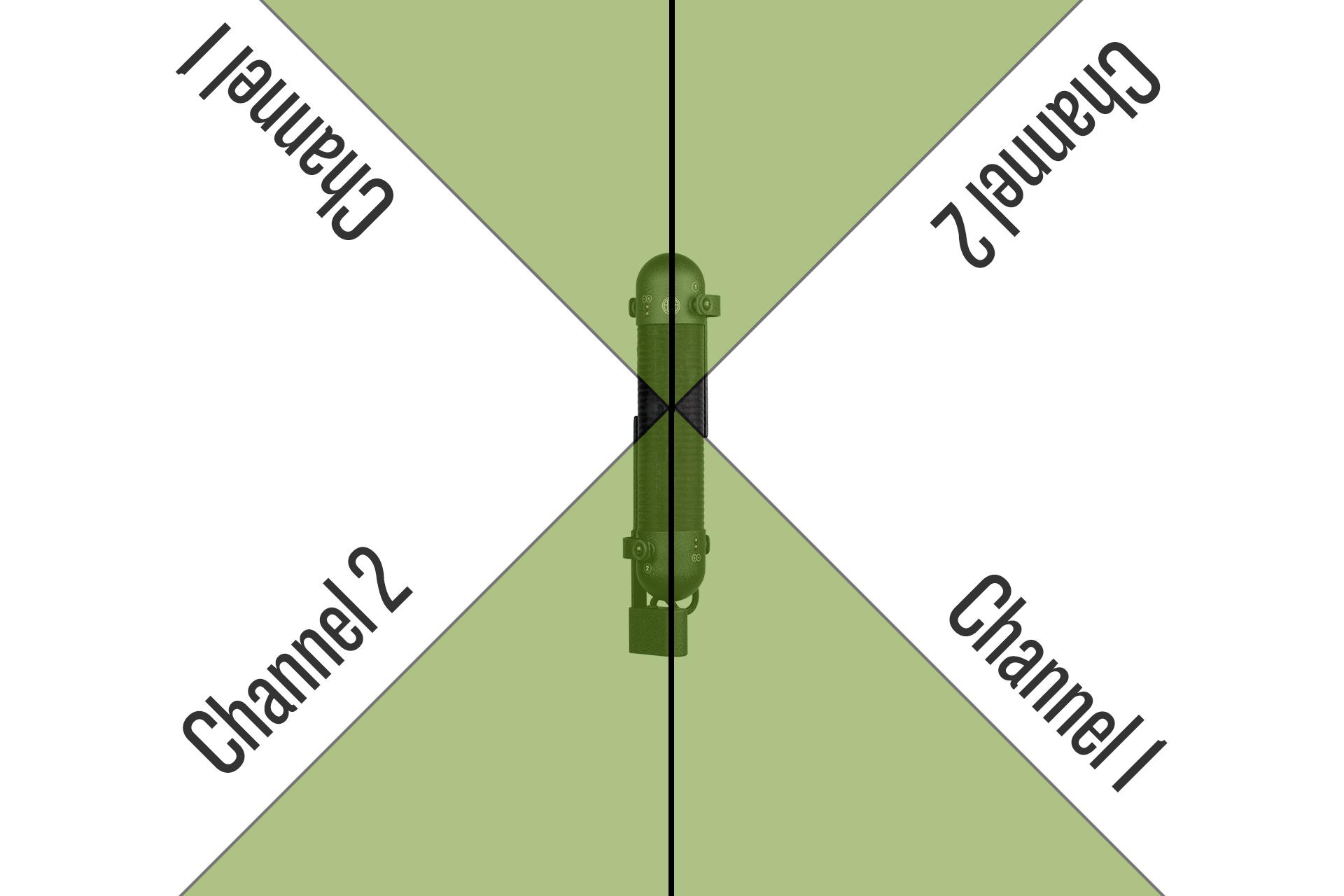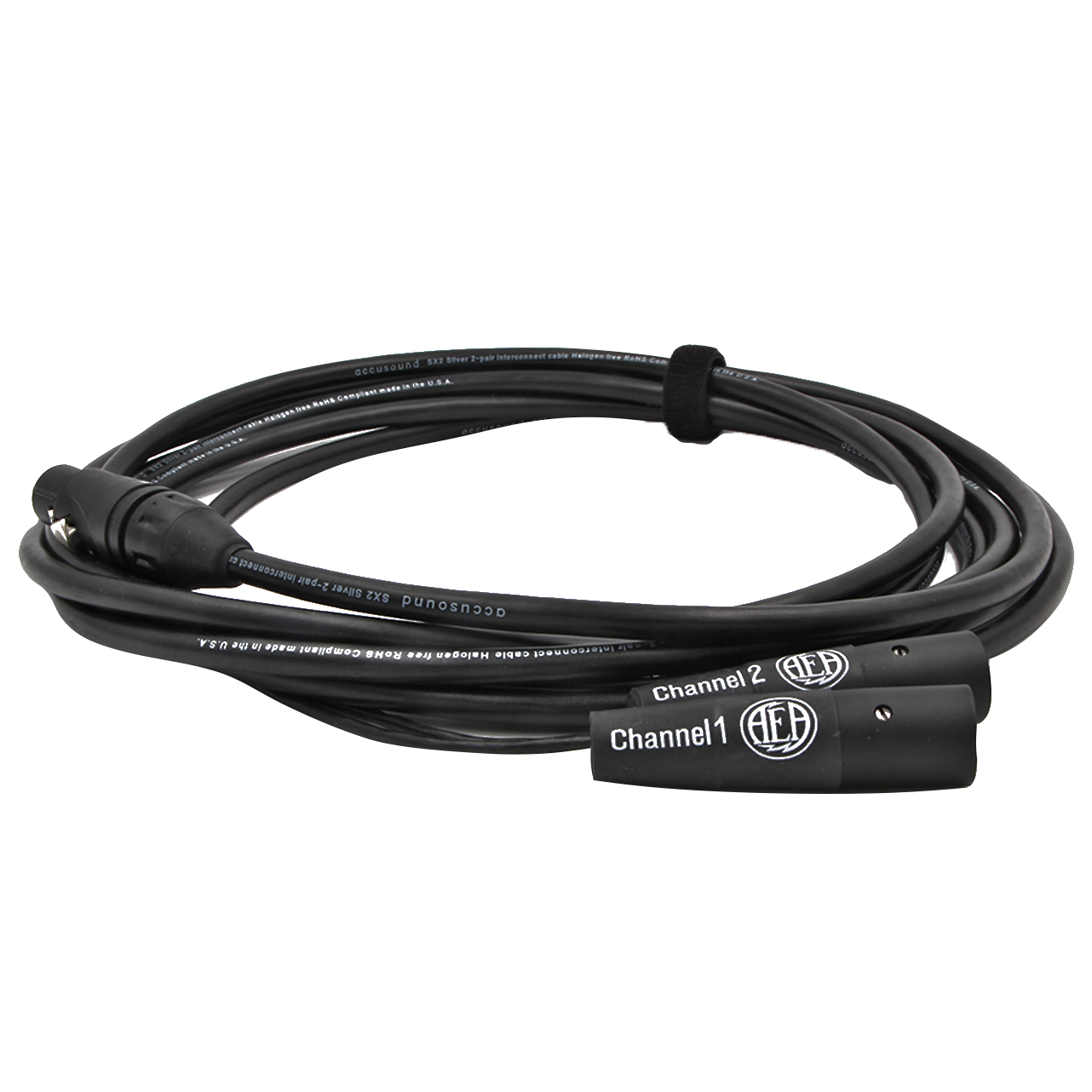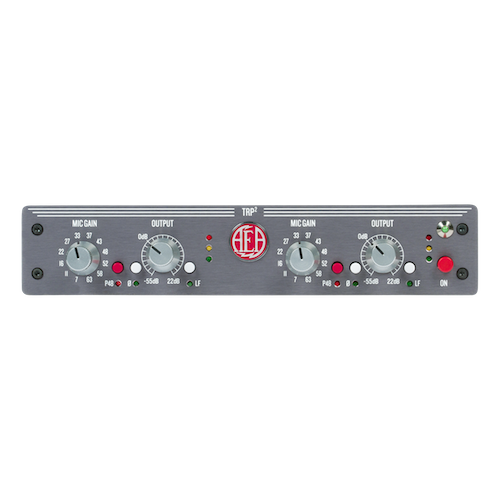Group Vocals

If you have a cavernous sounding room, a stairwell, or even a small yet nice sounding room, the R88 will shine and truly capture the depth of the space. When arranged 6 to 10 feet from the source, the R88 creates a massive, detailed room image without the need for any support microphones.
Much of a choir’s sound comes from the room it inhabits, so accurately capturing that room sound is vital in achieving a comprehensive tonality. With this in mind, experiment with the vast spatial range of the R88 and its great capacity for far-field applications. The closer to the group, the more direct sound and less room tone will be captured. To record more of the natural ambience of the space, pull the R88 further back. Finding the right balance of direct sound to room tone is an important part in understanding the R88’s full potential.
When miking groups, start by positioning the R88 from at least 5 feet away from the musicians with the white line aimed directly at the center of the ensemble. This will give you a balanced stereo spread in the two channels of the microphone. Because the two ribbon elements are perfectly in phase with one another you can pan the two channels however you wish. Most engineers start with channel 1 panned hard to the left and channel 2 panned hard to the right. This creates the largest and most realistic stereo width.
The image below shows where both elements of the R88 capture sound. The green area is the location that sound is captured in. When recording ensembles, make sure that the musicians are located within this green area. When both channels are hard-panned left and right, any source that is within this green area will sound like it is coming from that specific area.




